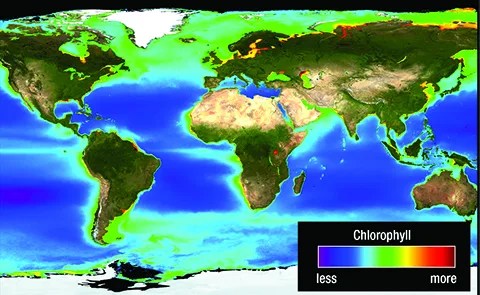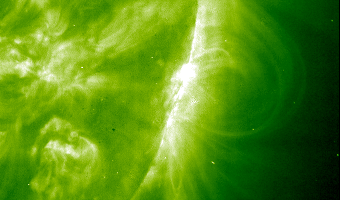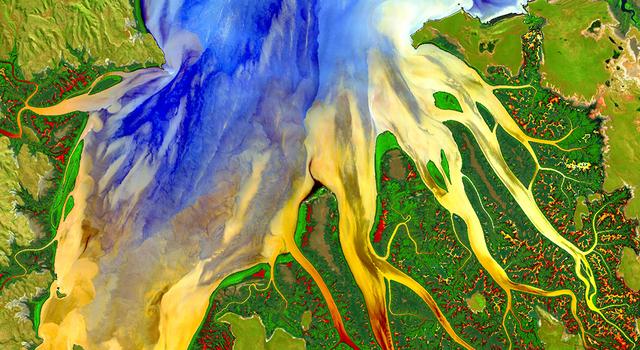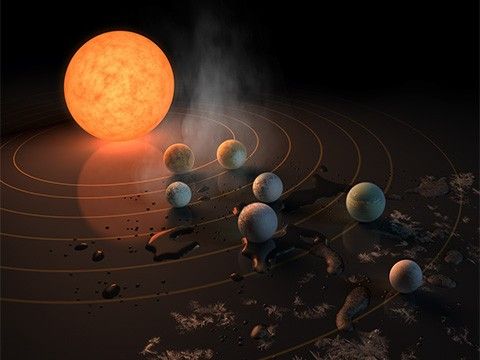Intermediate Guiding Question
How does energy from the Sun support life on Earth?
Big Idea 2.1
Educator Background
-
Energy from the Sun provides heat, light, and food for organisms on Earth. Food energy cycles through the ecosystem through producers (plants, algae, phytoplankton and other microorganisms that use photosynthesis to convert energy from sunlight to sugar) to consumers (organisms that eat plants and other organisms), and then to decomposers (organisms that recycle nutrients through the ecosystem). Without producers, most life could not exist on Earth.
-
Learning Constraints
At this level, students investigate how matter and energy are transferred between producers, consumers, and decomposers throughout an ecosystem (MS-LS1-6) (MS-LS2-3). They also explore how light is absorbed, reflected, or transmitted through an object, depending on the object's materials and the frequency of the light (MS-PS4-2).
-
Connect to Heliophysics
Connect to the Sun by discussing why plants are green. The Sun emits all light across the EM spectrum, but visible light is the only part of the spectrum that humans can see. All photosynthetic organisms contain a special light absorbing molecule (a pigment) called chlorophyll b, which helps photosynthesis by absorbing light. Chlorophyll b reflects green (visible) light and absorbs almost all other wavelengths of visible light, which is why plants are green.
-
Extend Exploration
Extend student exploration through examination of how energy and matter get recycled through ecosystems over and over again, specifically on how without decomposers (e.g. bacteria, fungi, earthworms, etc.) the ecosystem could not function.
-
Differentiate for Beginner Learners
Support beginner students with food web models (LS1, LS2).
-
Differentiate for More Advanced Learners
Challenge students at the next level to quantify their observations of cycling of energy and matter through the food chain with the law of conservation of energy.

Our Living Planet From Space
Video Length: 5:04
Search the Resource Database for more videosRecommended Resources
Explore this guiding question with these intermediate level resources.
Heliophysics Resource Database
Use the guiding question above to explore resources at this level or go directly to our database to search for resources by level, NGSS performance expectation, topic, and mission.
Resource Database

































